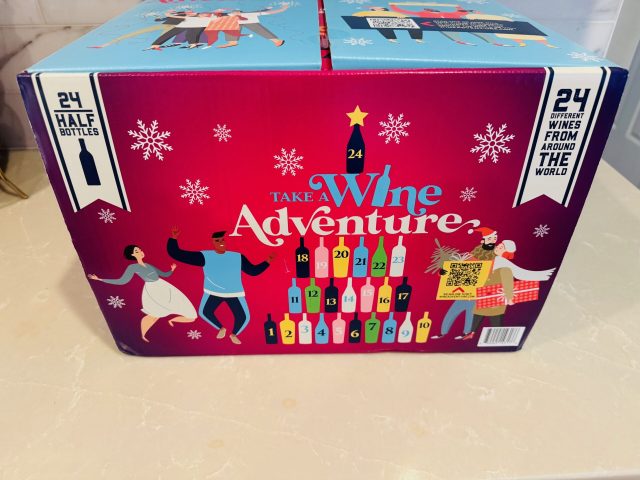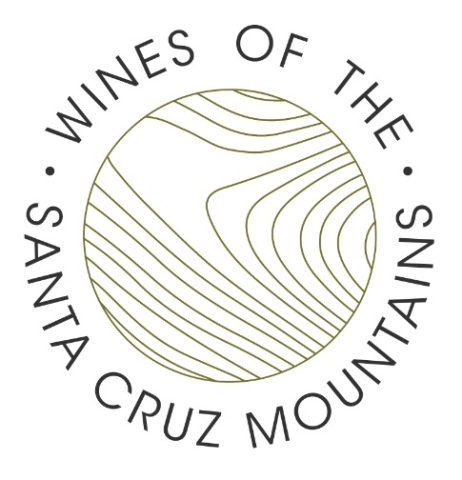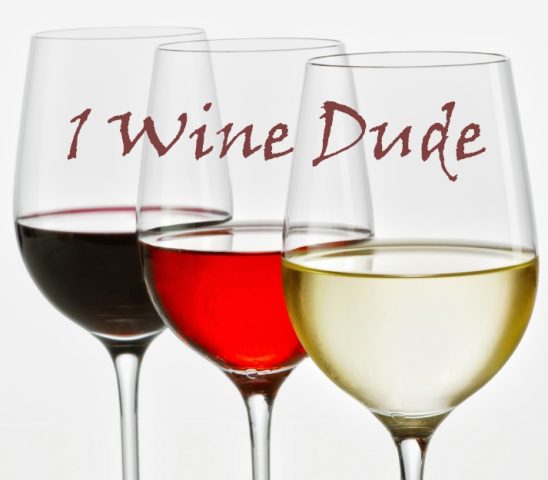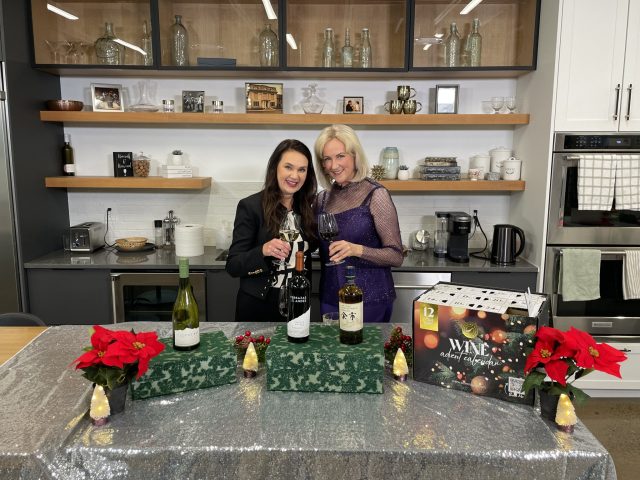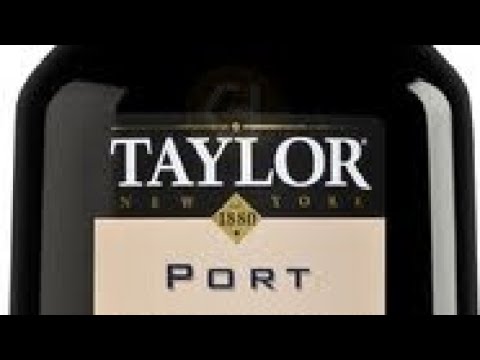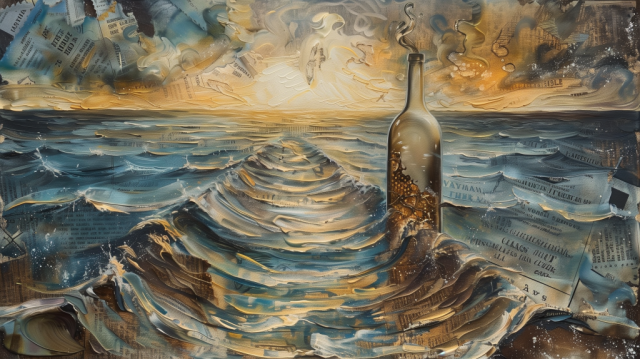Capensis: Chardonnay with Character from Stellenbosch & Environs
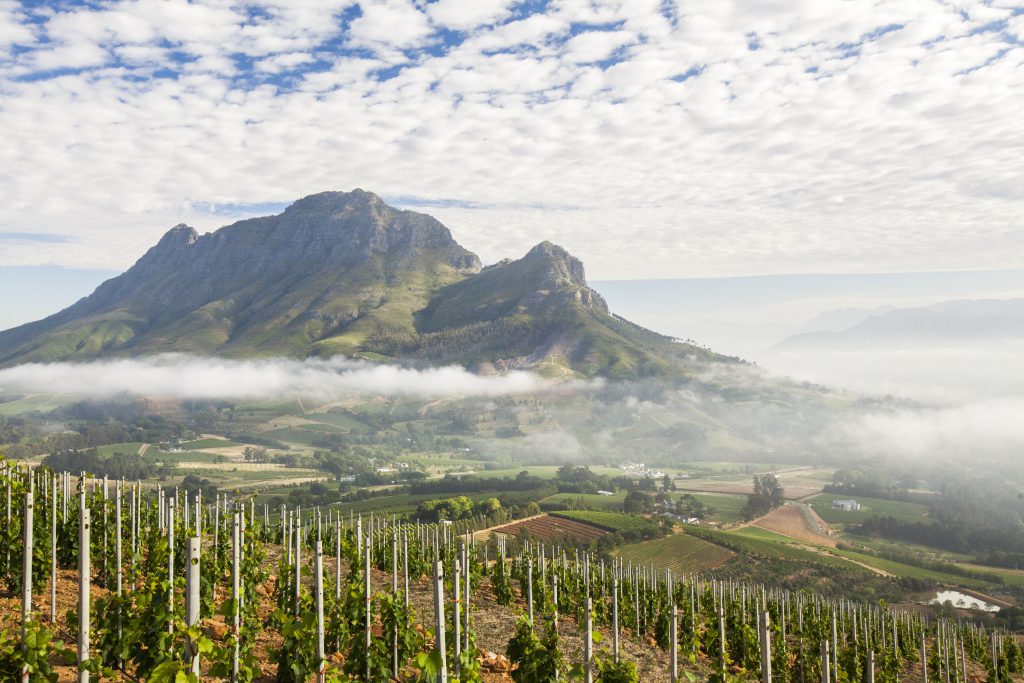
Give an exceptional winemaker outstanding fruit, and the result is almost predictable, a very special wine. That’s the formula at Capensis, the winery owned (since 2014) by the Jackson Family. Graham Weerts, a graduate of Eisenberg, who earned fame as a Chardonnay winemaker at Sonoma’s Stonestreet winery and was in overall charge of winemaking for Jackson Family, returned to South Africa to guide the development of Capensis, and to make the wine. Familiar with California and Oregon vineyards from Santa Barbara’s Santa Rita Hills to Oregon’s Willamette Valley, he says nothing can compare with the quality of Stellenbosch Chardonnay grapes. That certainly seems to be the case with the 2020 vintage we recently tasted with Graham at the winery in Banghoek Valley.
Capensis makes three different Chardonnays, all made in different sized French oak vessels plus a small amount of clay fermenters from Italy. Picked in early morning, the grapes arrive at the winery already cold and are whole bunch pressed, fermented in oak and clay, and matured 10-11 months mostly without malo in larger format new oak, the percentage new depending on vineyard and vintage but averaging about one-third new. The Silene and the Capensis, the winery’s standard bearer, are blends, the Silene from vineyards throughout the Western Cape, and the Capensis from vineyards in Stellebosch. They both contain fruit from the estate’s Fijnbosch Vineyard, while the Capensis Fijnbosch is sourced entirely from a portion of that vineyard.
Silene and Capensis show the benefits of blending. Much as a chef de cave in Champagne crafts a house style from diverse base wines of different vineyards, these Chardonnays reflect the blending skills of the winemaker as much as they do the quality of the fruit. In a world where consumers have been led to believe that top quality implies single vineyard sourcing, this may be a risky approach commercially. But it’s certainly a success in terms of the wine.
Fijnbosch Vineyard
Planted in 1999 and 2005 and cared for since that time by farm manager Cedrick Delport, the 11-hectare Fijnbosch Vineyard is the highest elevation vineyard in the Stellenbosch region. North facing with granitic clay soils, it runs up to 600 meters at the point where it is stopped by the almost vertical rock face of the mountain.
The Wines
Capensis 2021 Silene Chardonnay Stellenbosch 93 Silene is the “entry” level wine of Capensis, which suggests the very high standards of this winery. Aromatically, it shows sumptuous scents of citrus and orchard fruit kissed by hazelnut. Beautifully focused on the palate with a sense of minerality. A blend of Stellenbosch vineyards fermented in a variety of vessels and matured in 25-30% new French oak. 14% alc.
Capensis 2020 Chardonnay Western Cape 97 Deep, pure bright yellow. The grapes are sourced from 4 different vineyards across the Cape, fermented in a range of vessels (oak, ceramic, stainless) and matured in in oak barrels of diverse sizes and ages. The resulting wine is magnificent, elegant with excellent structure and complex, interwoven flavors. Chalky minerals run throughout the wine and mark the finish. A truly exceptional Chardonnay. Not inexpensive (even in South Africa) but great value! pH 3.3, 14.5% alc.
Capensis 2019 Fijnbosch Chardonnay Stellenbosch 95 Sourced from a special block (Flowers) of mostly 95 and 96 clones within the estate’s Fijnbosch vineyard at almost 600m altitude, only 100 cases were made in this vintage. The wine is refined, creamy and and sensuous. It reveals minerals with understated fruit and a broad, full mouth feel. While it sees a little more new oak (40-45%) than the regular bottling, it’s completely integrated with the fruit.
Thanks to Graham for showing us the Capensis wines. And thanks to my colleague, Mike Bampfield-Duggan of Wine Concepts, who accompanied me on the visit. Don Winkler, Editor and Co-Publisher


